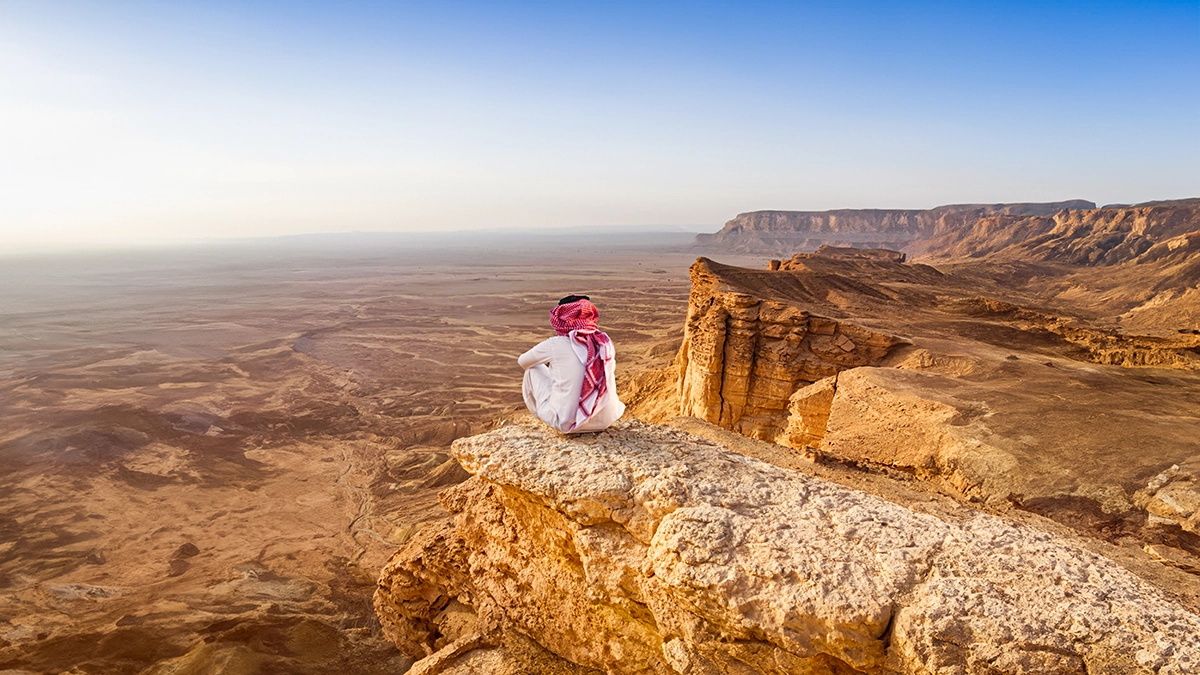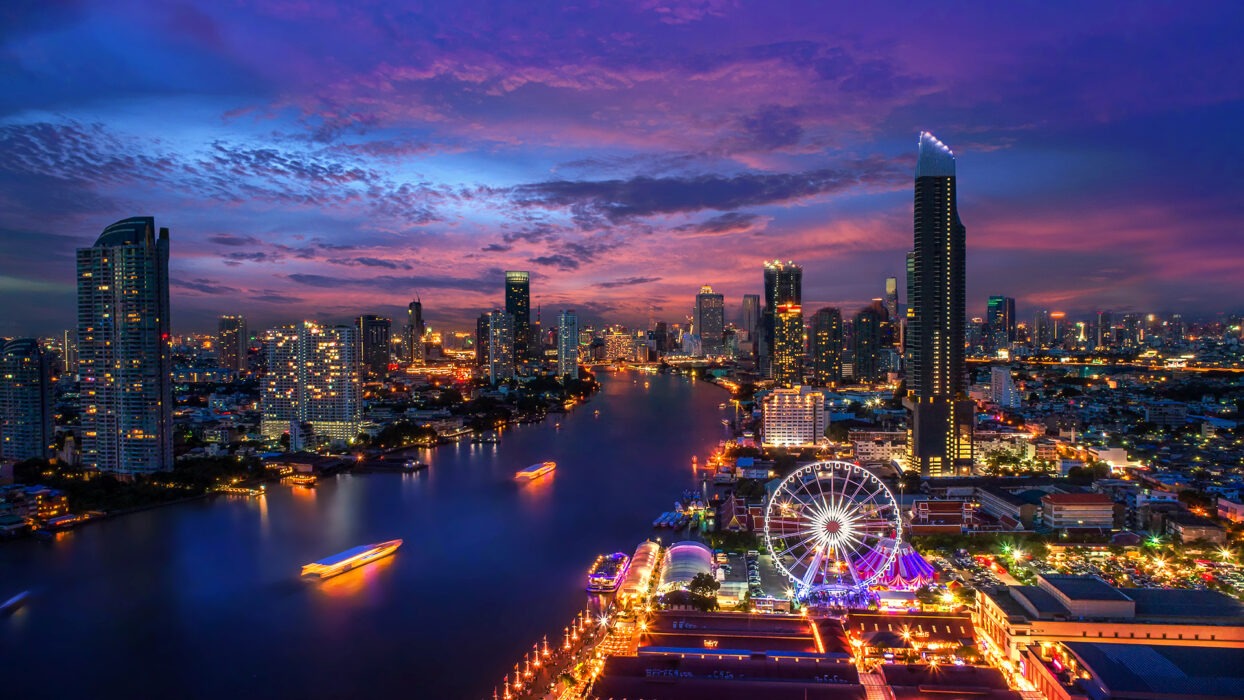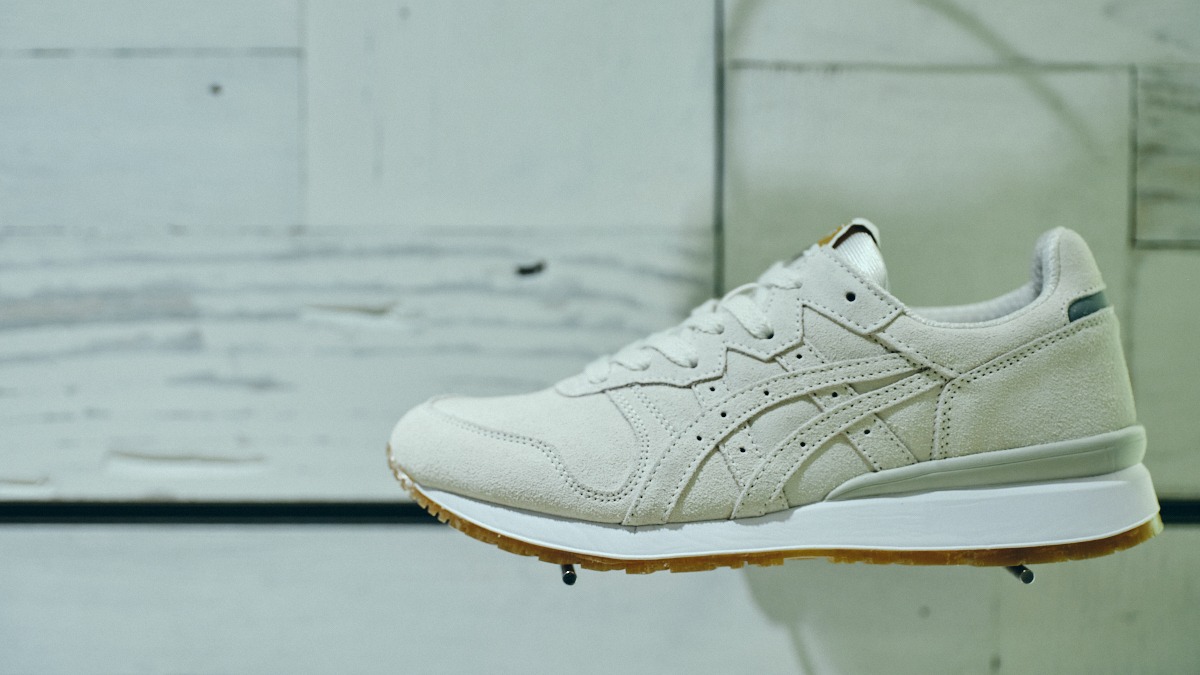Overview of Wat Arun: Bangkok’s Iconic Temple Experience
Welcome to Wat Arun, one of Bangkok’s most breathtaking sights! Nestled along the banks of the Chao Phraya River, this stunning temple, also known as the Temple of Dawn, is a must-see for anyone visiting Thailand’s vibrant capital. With its intricate design and towering spires, Wat Arun is not just a feast for the eyes—it’s a dive into Thailand’s rich cultural heritage.
Dating back to the early 19th century, Wat Arun is steeped in history and significance. Originally named Wat Makok, it was later renamed in honor of Aruna, the Hindu god of dawn. The temple’s central prang (spire) stands at an impressive 70 meters, adorned with colorful porcelain and seashells that sparkle under the sun, making it a photographer’s paradise. Its unique architecture, influenced by Khmer design, sets it apart from other temples in the city, showcasing the artistry and craftsmanship of Thai builders.
Visiting Wat Arun is more than just a sightseeing stop; it’s a journey into the heart of Thai culture. The temple plays a significant role in the local community and is a site for various religious ceremonies and festivals throughout the year. Whether you’re an architecture enthusiast, a history buff, or simply seeking a serene escape, Wat Arun promises an unforgettable experience.
For a deeper exploration of this iconic temple, check out our Comprehensive Guide to Wat Arun.
Essential Visitor Information: Your Quick Guide to Wat Arun
Planning a visit to Wat Arun? Here’s everything you need to know for a smooth experience! First things first, let’s talk about the entrance fee. For foreign visitors, the ticket is around 100 baht, which is a small price to pay for such an extraordinary sight. Make sure to have some change handy!
As for opening hours, Wat Arun welcomes guests daily from 8:00 AM to 6:00 PM. Arriving early can give you the chance to enjoy the temple in the soft morning light and avoid the crowds. Trust us, the views of the sunrise over the temple are simply magical!
Now, let’s discuss the dress code. Being a sacred site, Wat Arun requires visitors to dress modestly. This means no shorts, sleeveless tops, or revealing clothing. It’s best to wear something that covers your shoulders and knees. If you forget, don’t worry! There are usually sarongs available for rent at the entrance.
For more detailed information about the entrance fee, check out our article on Wat Arun Entrance Fee for Foreigners.
Seasonal Highlights at Wat Arun: Best Times to Visit
When planning your visit to Wat Arun, timing can make all the difference! The temple comes alive with various seasonal events and festivals that offer unique experiences for travelers. If you’re wondering when the best time to visit Wat Arun is, here’s the scoop!
One of the most enchanting times to visit is during the Loy Krathong Festival, usually held in November. This magical event sees thousands of beautifully decorated krathongs (floating lanterns) released onto the river, illuminating the night sky and creating a breathtaking scene against the backdrop of the temple. The atmosphere is filled with joy and reverence, making it a truly unforgettable experience.
Another highlight is Makha Bucha Day, celebrated in February or March, depending on the lunar calendar. This day commemorates the Buddha’s teachings and attracts many devotees to Wat Arun. Visitors can witness traditional ceremonies, including candle-lit processions that add a spiritual vibe to the temple grounds.
For those who appreciate nature, visiting during the cool season (November to February) is ideal. The weather is pleasant, making it perfect for exploring the temple and enjoying the surrounding gardens. The rainy season (May to October) can be a quieter time to visit, with fewer tourists, but be prepared for some downpours!
To maximize your experience, check out our article on the Wat Arun Lantern Festival for more details on this spectacular event.
Exploring the Architecture of Wat Arun: A Visual Feast
Now, let’s talk about the architectural marvel that is Wat Arun! This temple’s design is a feast for the eyes, blending intricate details with grand scale. The central prang, rising 70 meters, is a stunning example of Khmer architecture, adorned with colorful porcelain and seashells that glisten in the sun. As you wander around, take a moment to admire the delicate mosaics and intricate carvings that tell stories of Thai mythology.
Photography enthusiasts will find plenty of opportunities to capture stunning shots. The best time for photography is during the golden hour—early morning or late afternoon—when the sunlight casts a warm glow over the temple. Don’t forget to snap a few photos from across the river to capture the entire silhouette of Wat Arun against the sky!
If you’re keen on photography tips, check out our Sunset Photography Guide at Wat Arun for the best angles and settings to make your photos pop.
Getting to Wat Arun: Transportation Tips
Getting to Wat Arun is part of the adventure! The temple is conveniently located along the Chao Phraya River, and the best way to reach it is by taking a scenic boat ride. Hop on a riverboat from one of the many piers in Bangkok, and enjoy the picturesque views as you make your way to the temple.
If you prefer land transport, you can take the BTS Skytrain to Saphan Taksin Station and then catch a boat from the Sathorn Pier. Alternatively, taxis and tuk-tuks are readily available, but be prepared for Bangkok traffic!
For more insights on combining your visit to Wat Arun with other nearby attractions, check out our guide on Explore Wat Pho and Wat Arun.
Nearby Attractions: Making the Most of Your Day
Why stop at Wat Arun? There are plenty of nearby attractions that will make your day even more memorable! Just a short walk away is Wat Pho, home to the famous Reclining Buddha. This temple is known for its impressive architecture and serene atmosphere, making it a perfect complement to your visit to Wat Arun.
Don’t forget to check out the Grand Palace, which is a bit further but absolutely worth the trek. The Grand Palace is a stunning complex that showcases the grandeur of Thai architecture and is rich in history. Together, these three sites can create a fabulous day filled with culture and beauty!
For a well-rounded itinerary, consider our 3-Day Bangkok Itinerary, which includes visits to these iconic sites.
Culinary Delights: Dining Options Near Wat Arun
After exploring the temple, you’ll likely have worked up an appetite! Luckily, there are plenty of dining options near Wat Arun that offer delicious Thai cuisine with stunning views of the temple. One must-try is The Deck by the River, where you can savor traditional dishes while gazing at the temple illuminated at night.
If you’re in the mood for something casual, check out the local street food vendors. You can find everything from pad thai to mango sticky rice just a stone’s throw away from the temple. It’s a great way to experience authentic Thai flavors!
To discover more about dining options around Wat Arun, take a look at our guide on Discover Wat Arun: Tickets and Tips.
Cultural Events and Festivals at Wat Arun
Wat Arun is not just a beautiful sight; it’s also a hub of cultural activities and festivals throughout the year. Attending these events can provide a deeper understanding of Thai traditions and community spirit. Besides the Loy Krathong and Makha Bucha Day celebrations, there are other events like the Songkran Festival in April, where water fights and traditional rituals take place, creating a lively atmosphere around the temple.
During the Buddhist Lent, you might catch special ceremonies that highlight the spiritual significance of Wat Arun. These events attract both locals and tourists, making it a wonderful opportunity to mingle and experience Thai culture firsthand.
For more information on specific festivals, check out our article on the Wat Arun Lantern Festival.
Accessibility at Wat Arun: Tips for All Travelers
Wat Arun welcomes everyone! The temple has made strides to improve accessibility for differently-abled visitors. Ramps are available at the entrance, and while some areas may have stairs, there are often alternative routes to ensure everyone can enjoy the beauty of this iconic site.
For those who may require assistance, it’s a good idea to bring a travel companion. The friendly staff at Wat Arun are also more than willing to help where they can, ensuring your visit is enjoyable and comfortable.
To learn more about accessible visits to various temples in Bangkok, check out our comprehensive Guide to Temple Visits in Bangkok.
Fun Facts About Wat Arun: Trivia for Travelers
Who doesn’t love a good trivia session? Here are some fun facts about Wat Arun that will impress your friends and enhance your visit:
- Symbol of Bangkok: Wat Arun is often referred to as the “Temple of Dawn” and is one of the most recognizable landmarks in Bangkok, prominently featured on postcards and travel brochures.
- Unique Design: The temple’s central spire is decorated with over a million pieces of Chinese porcelain, giving it a distinctive and colorful appearance.
- Historical Significance: Wat Arun was originally built in the 17th century and was later renovated, making it a blend of ancient and modern architectural styles.
These tidbits will surely add to your appreciation of the temple and its rich history!
Commonly Asked Questions (FAQs) About Wat Arun
Got questions? We’ve got answers! Here are some frequently asked questions about visiting Wat Arun:
- What is the entrance fee? The entrance fee for foreign visitors is around 100 baht, making it an affordable attraction.
- Are there guided tours available? Yes! Guided tours are offered, which can provide deeper insights into the temple’s history and architecture.
- Can I take photos inside the temple? Photography is allowed in most areas, but be respectful of religious practices and avoid using flash during ceremonies.
For more detailed answers and tips, be sure to check our visitor information page!
Safety and Health Guidelines for Visiting Wat Arun
Your safety is paramount while exploring Bangkok! Here are some quick tips to ensure a safe and healthy visit to Wat Arun:
- Stay Hydrated: The heat can be intense, so drink plenty of water throughout your visit.
- Sun Protection: Don’t forget to apply sunscreen and wear a hat to shield yourself from the sun.
- Be Aware of Your Surroundings: Like any popular tourist spot, keep an eye on your belongings and be mindful of your surroundings.
These simple tips will help you enjoy your visit without any worries!
Transportation Details: Getting Around Bangkok
Bangkok is a bustling city with plenty of transportation options to help you get around. The BTS Skytrain and MRT subway systems are efficient and affordable ways to navigate the city. For a scenic experience, don’t miss out on the riverboat services, which provide a unique perspective of the city’s landmarks.
When heading to Wat Arun, combining public transport with a boat ride is not only practical but also adds to the adventure. You’ll get to see the city from different angles, making your journey to the temple just as exciting as the destination!
Wrapping Up Your Wat Arun Adventure
Visiting Wat Arun is a highlight of any trip to Bangkok, offering a blend of stunning architecture, rich history, and vibrant culture. Whether you’re there to marvel at the intricate details of the temple, participate in a festival, or simply enjoy the serene atmosphere, Wat Arun promises an unforgettable experience.
So, pack your bags, grab your camera, and get ready to explore this iconic temple! With all the tips and insights provided, you’re well-equipped to make the most of your visit. Happy travels!





















